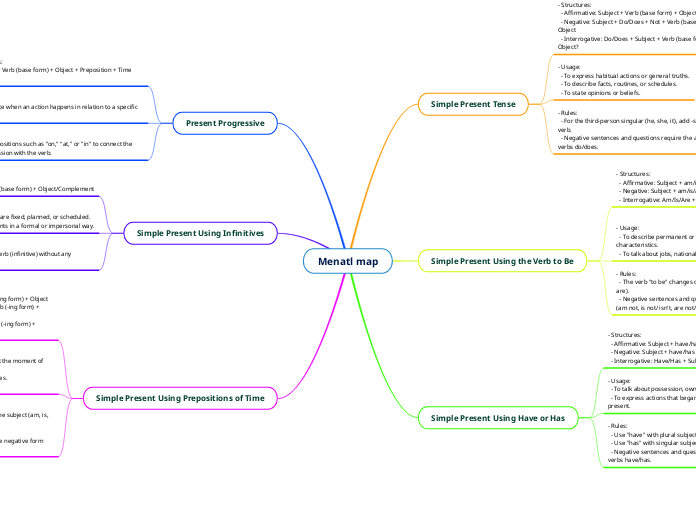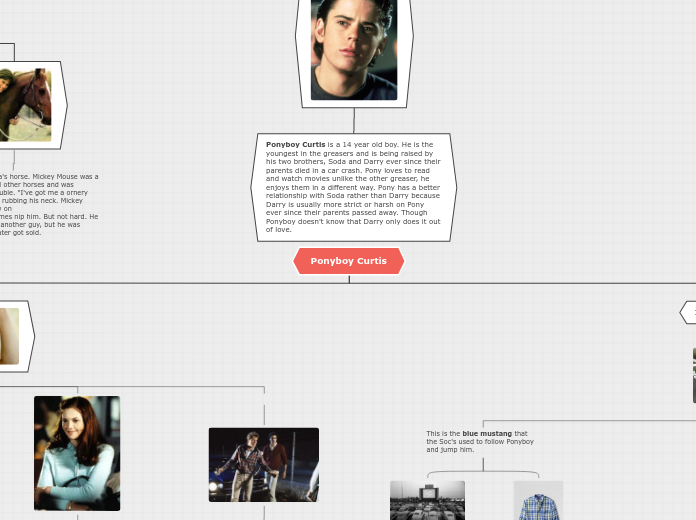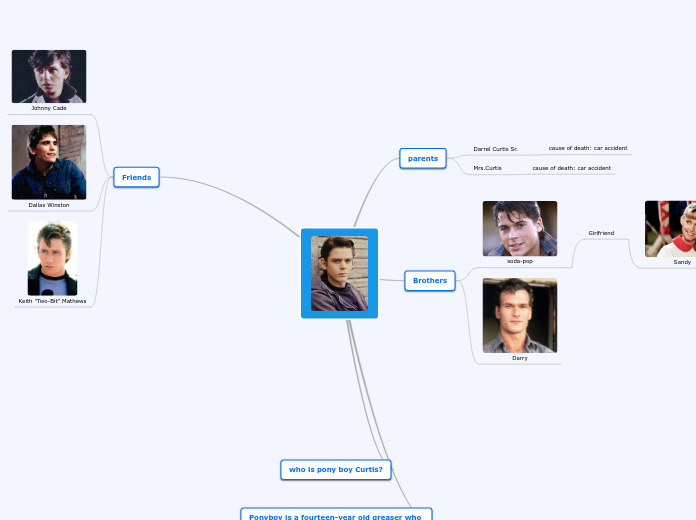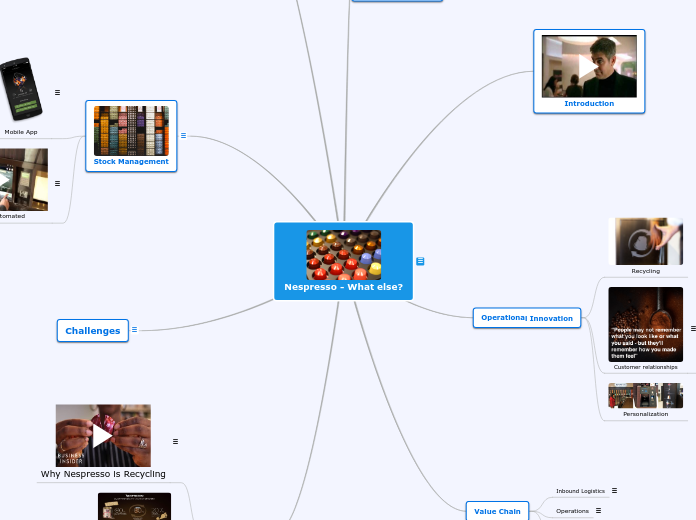da Gabo Otaku manca 1 anno
102
Menatl map
The Simple Present tense is utilized to describe habitual actions, general truths, and fixed arrangements. It involves using 'have' or 'has' to express possession, ownership, or relationships, and also to denote actions that commenced in the past and continue into the present.









